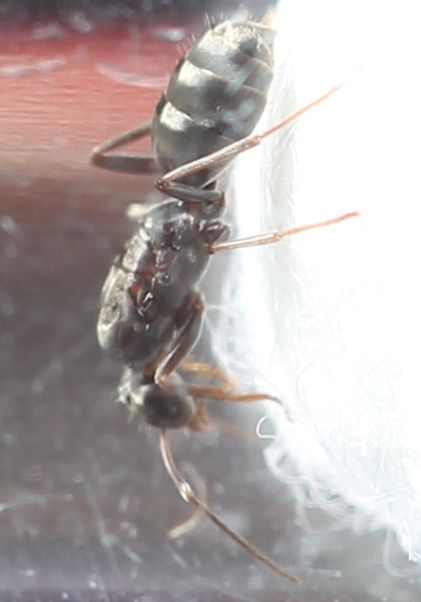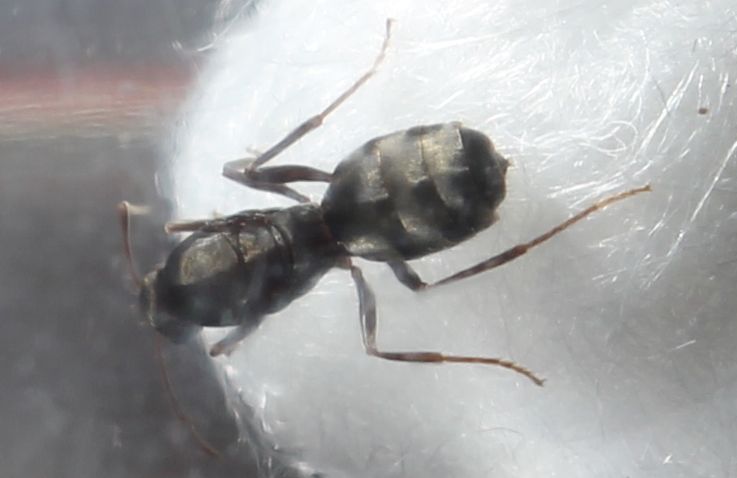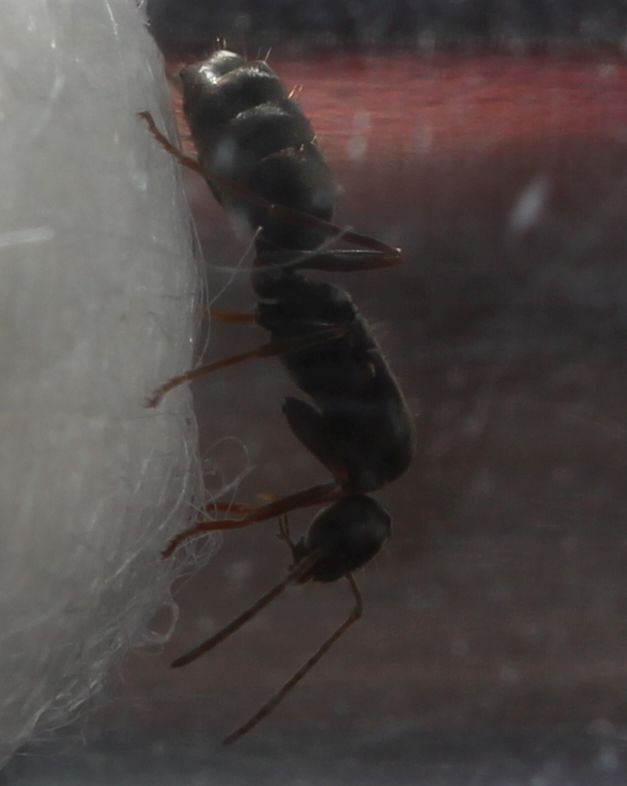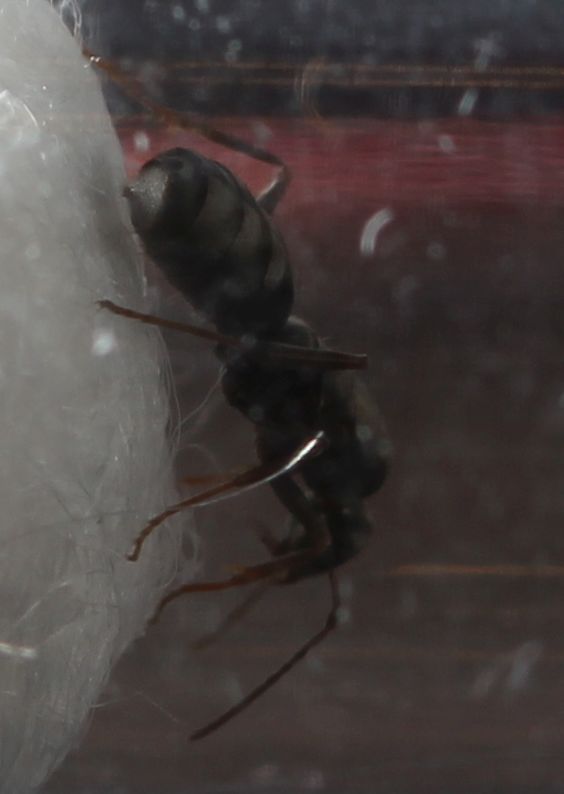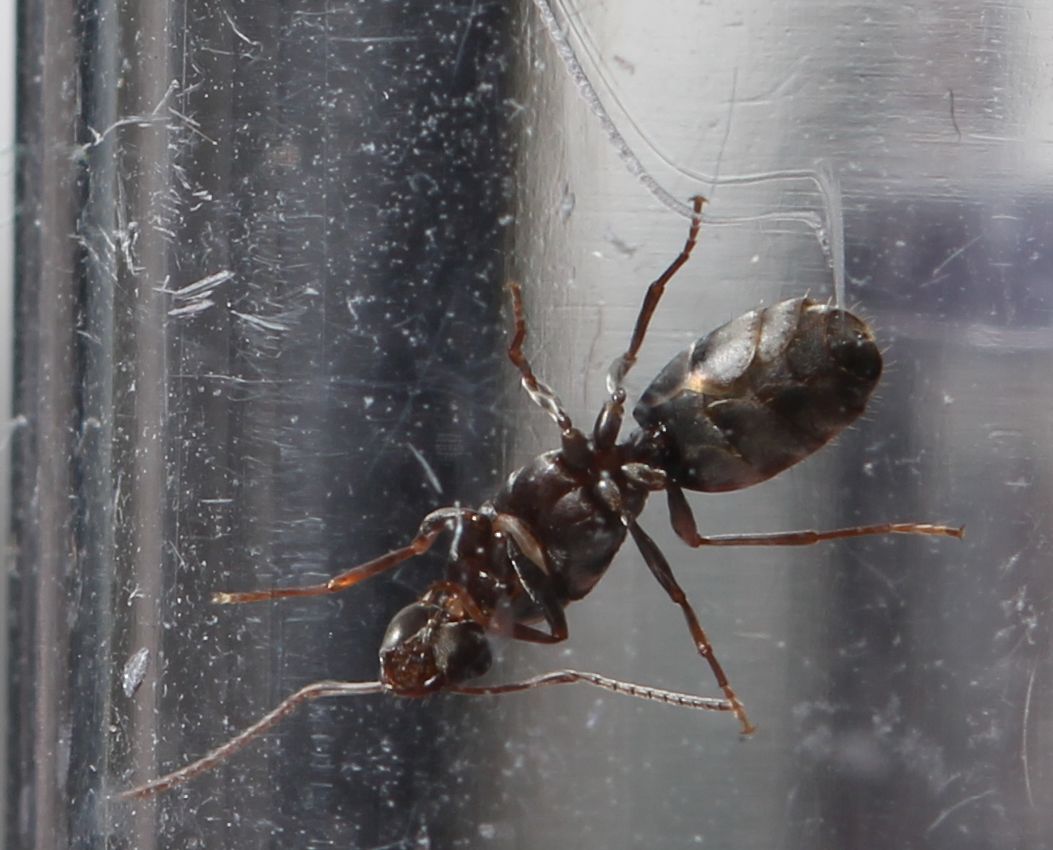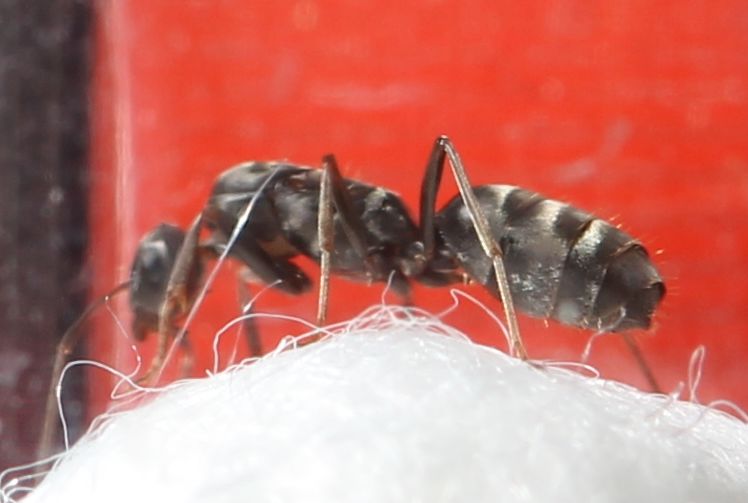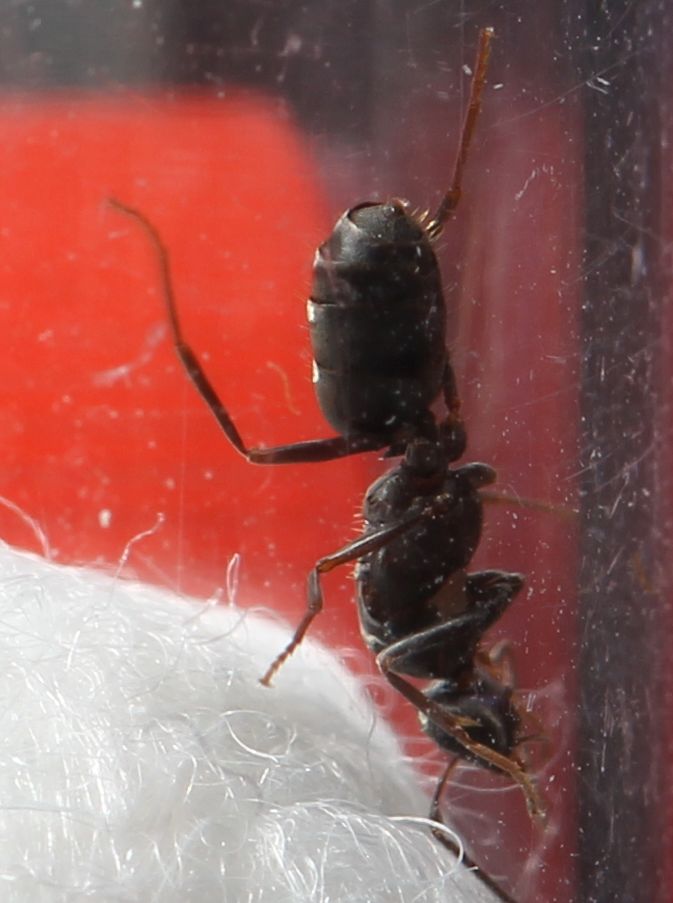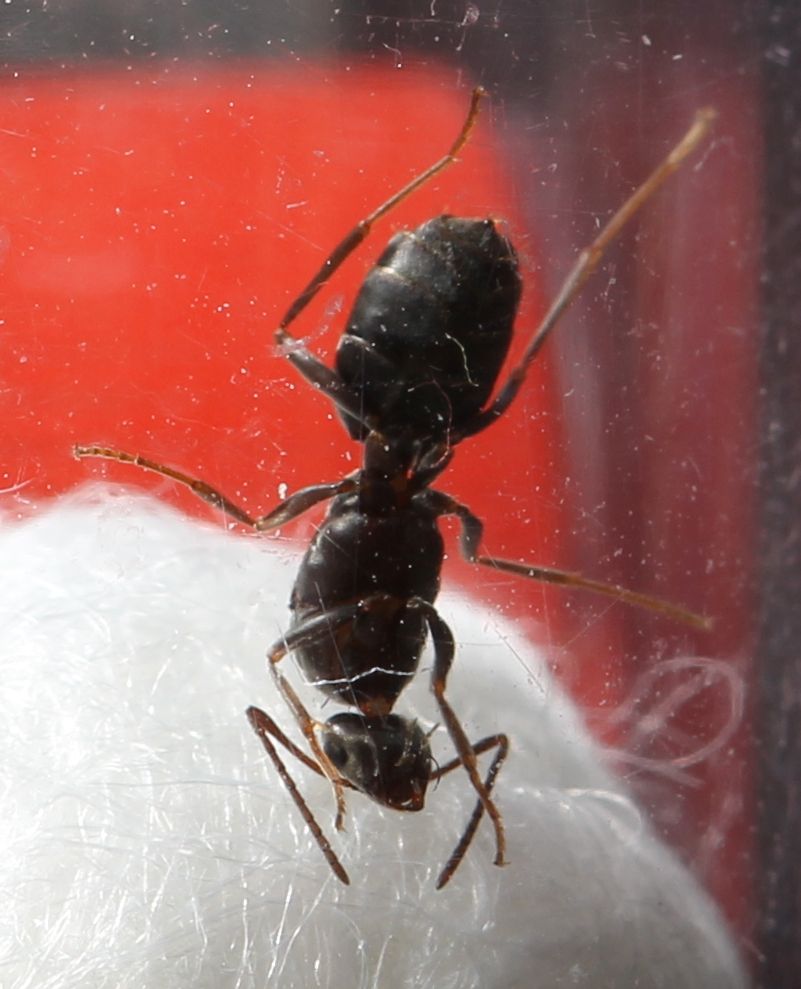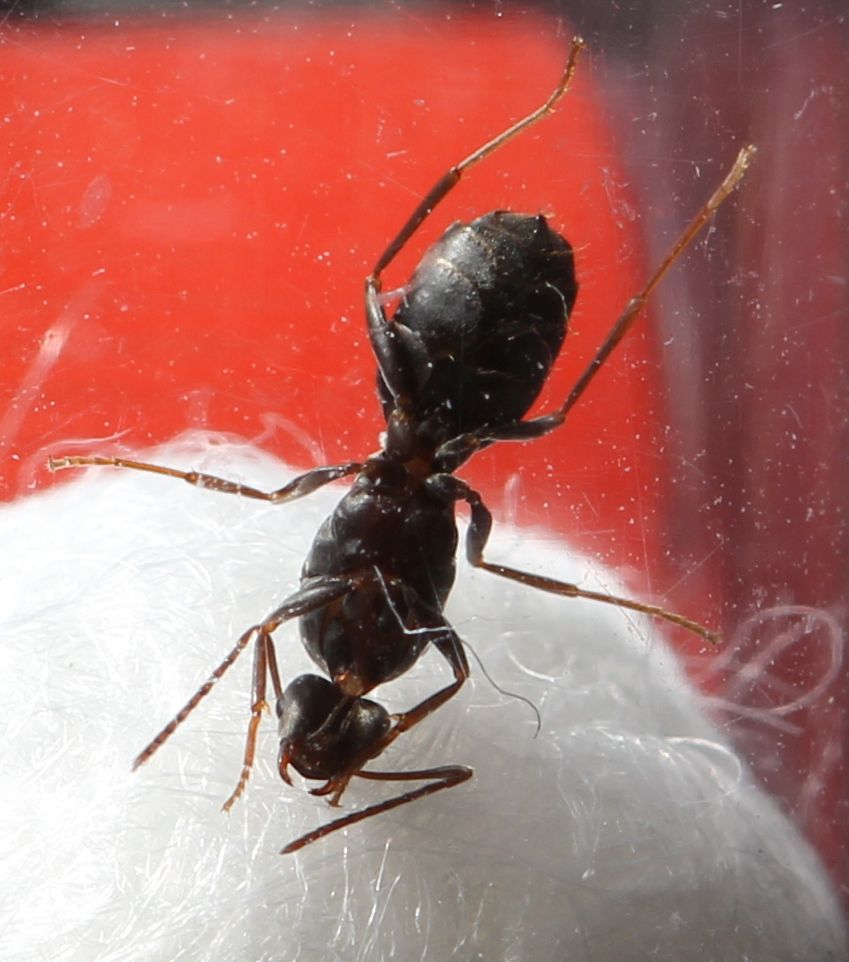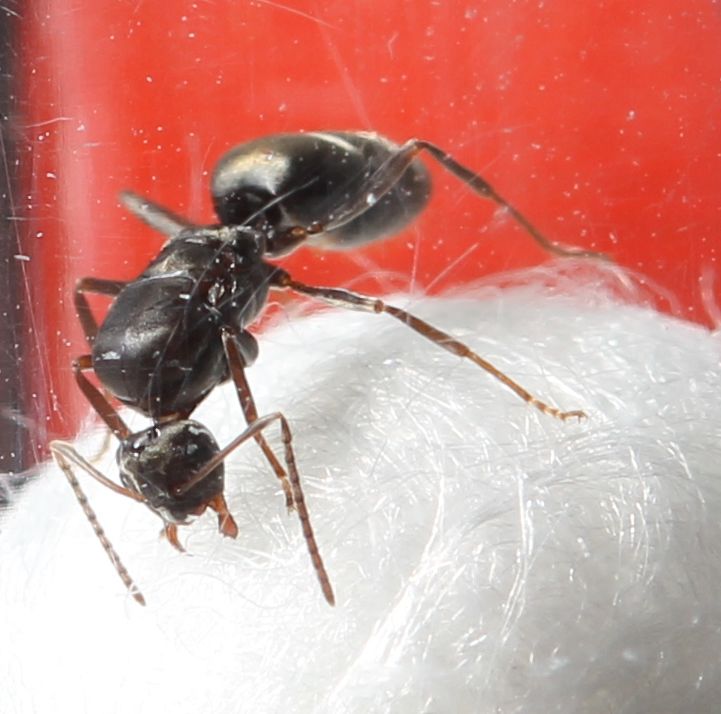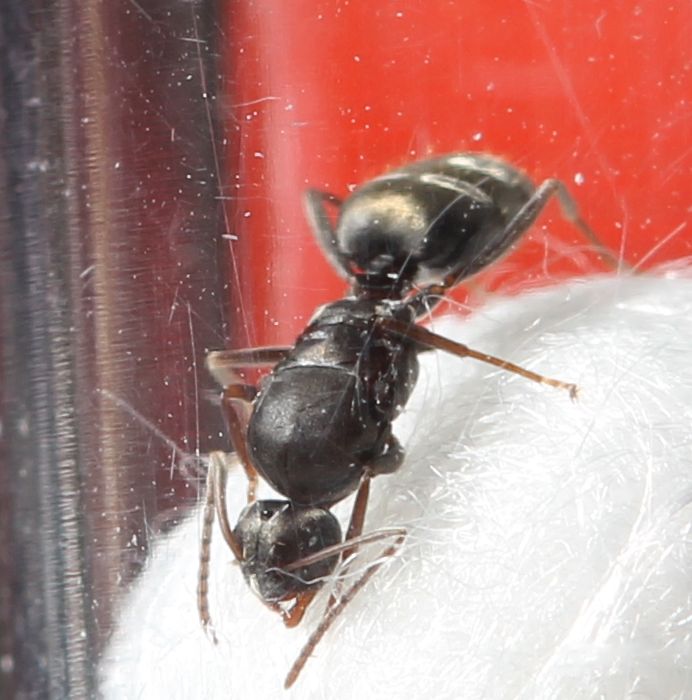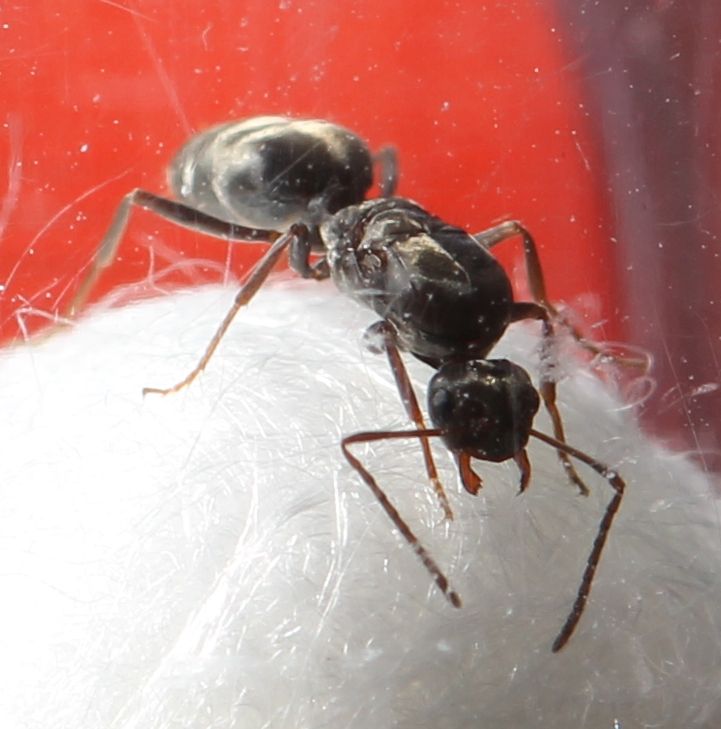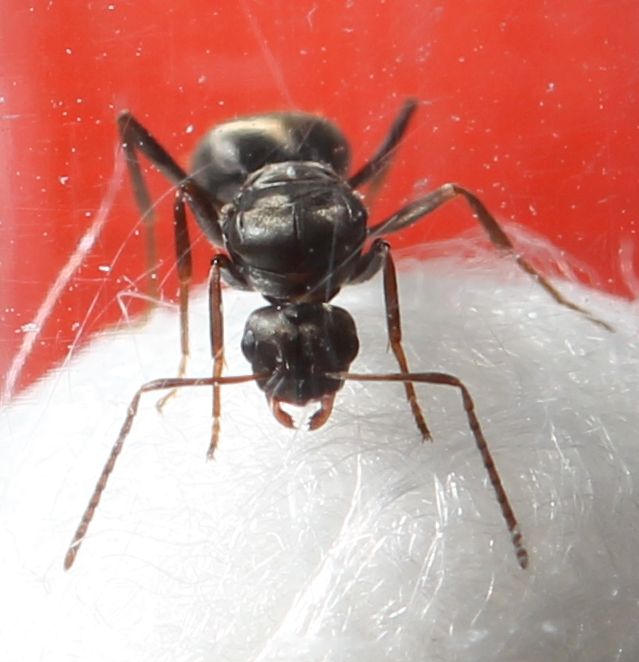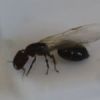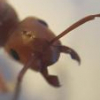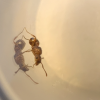Hi all! Please help identify this queen, I have no idea where to start! I wasn't sure it was a queen at all, until I spotted the three ocelli on top of her head.
She does't look bulky, is she semi claustral?
Thanks everybody!!
1. Location of collection: Split, Croatia, Adriatic coast, on a rock not two feet away from the sea
2. Date of collection: 1st September 2018, around 4pm
3. Habitat of collection: Rocky coast with pine forest right next to the sea
4. Length : cca 6mm
5. Coloration, hue, pattern and texture: deep dark brown, almost black. Notable silvery/velvety stripes on gaster. Some silvery marks/sheen on top of thorax.
6. Distinguishing characteristics : Gaster looks plated, pine-cone like in texture, with silvery,velvery stripes. The photos do not show this properly - what looks like a flash sheen on gaster is actually coloring!
7. Anything else distinctive: not very bulky, semi claustral perhaps?
8. Nest description : n/a.
9 . Post the clearest pictures possible:
